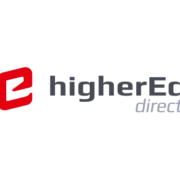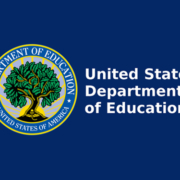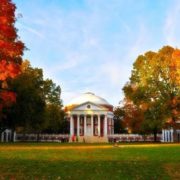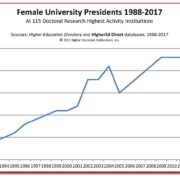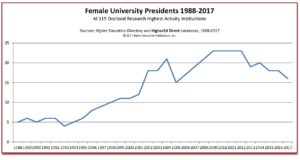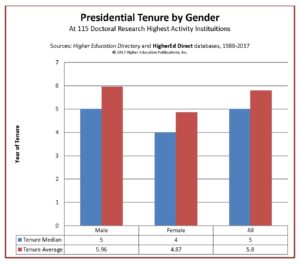Renewed Effort to Close Loophole Targeting Veterans and Education
A recent report, from Veterans Education Success indicates that for-profit institutions are using a federal loophole to increase revenue and disproportionally target veterans and service members. From 2011 to 2014, tuition payments to for-profit schools from the Department of Veterans Affairs and the Department of Defense increased by 60 percent—to the tune of $1.1 billion—and according to researchers, the number is an understatement since the Department of Education data doesn’t include all G.I. Bill benefit programs. The now closed Corinthian Colleges and ITT Technical Institutes alone, are estimated to have received over $1 billion in G.I. Bill benefits prior to suddenly shutting down in the last year.
The increase is likely due to declining enrollment at for-profit colleges, universities and trade schools as a result of decreased Title IV funding. To offset this loss in revenue, for-profits are using the 90-10 loophole to fill their financial voids. The 90-10 rule was passed in 1992 and bars for-profit institutions from receiving more than 90 percent of revenues from Title IV federal student funds. However, the law excludes GI bill benefits and the DOD’s tuition assistance funds from its figuring. Congressional staff said that GI Bill and DOD funds were not included in the 1992 cap on Title IV revenue because the GI Bill was not generous enough at the time. In 2008, a new Post 9/11 G.I. bill was passed allowing veterans and service members the ability to receive tens of thousands of dollars towards higher education.
This oversight has become known as the 90/10 loophole, and as a result, for-profit schools have been aggressively recruiting and enrolling veterans and service members ever since. According to Holly Petraeus, of the Consumer Financial Protection Bureau, this loophole “gives for-profit colleges the incentive to see service members as nothing more than dollar signs in a uniform, and to use aggressive marketing to draw them in.” According to Time magazine, a civil complaint filed by the state of California expressed concern over Corinthian College’s unauthorized use of the official seals of the United States Navy, Army, Air Force, and Coast Guard in its effort to boost recruitment of discharged servicemen and women. Other for-profits have been accused of similar recruitment tactics—inflated graduate salaries, false job prospects, and misleading graduation rates.
Concerned with the exploitation of veterans, Senators have reintroduced legislation to tighten VA and DOD educational funds to for-profit schools. Introduced last week, the Military and Veterans Education Protection Act, would close the 90/10 loophole in hopes of protecting veterans. According to Senator Tom Carper (D-DE), “Closing the 90/10 loophole and counting G.I. Bill dollars as federal dollars, which they are, is a commonsense fix that will help us improve educational outcomes for veterans and protect taxpayers.” The bipartisan bill is supported by more than 25 senators and endorsed by over two dozen groups and organizations including: Iraq and Afghanistan Veterans of America (IAVA), Veterans of Foreign Wars (VFW), and the National Association of Independent Colleges and Universities (NAICU). Currently, the bill is awaiting the Senate’s Committee on Health, Education, Labor, and Pensions for review.
** Looking for higher education contact or accreditation info? Try our complete HigherEd Direct database free for two weeks here!




